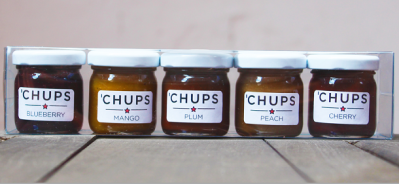Sandwich spreads suffer from lack of innovation, report
resulted in a stagnant US market for once popular sandwich spreads
such as ketchup, mustard and mayonnaise, according to a new report.
Published by Packaged Facts, the report reveals the sandwich spread market remains stuck at $3bn, and is likely to continue struggling.
Packaged Facts projects that sandwich condiment sales will continue a downward trend begun in 2004 through to 2010, when sales are expected to sink to just under $2.9bn.
In 2005, mayonnaise dominated the market with a share of 59 percent, followed by ketchup and mustard with shares of 25 percent and 16 percent respectively. And although the sandwich spread market declined by 2 percent as compared to 2004, all three categories have more or less maintained their respective market shares.
According to the report, there have only been 36 new product introductions in the category between June 2005 and June 2006 - most of which were launched by smaller players in the market - and this resulted in "little hope" of driving substantial market growth.
However, touting the health benefits of some sandwich spreads specifically formulated to meet the needs of health-conscious consumers, such as lycopene-rich ketchup and low-fat mayonnaise, have helped to stave off further market decline. Similarly upscale, gourmet, and organic versions of the popular spreads have helped to renew interest in the market as well.
"The emergence of 'healthier-for-you' spreads as well as ethnic-inspired and alcohol-infused spreads should keep the market from declining too badly. But more innovation is necessary to keep up with America's more sophisticated palates and desire for exciting and novel flavors," said Don Montuori, the publisher of Packaged Facts.
In 2005, the top three players that dominated the US sandwich spread market with two-thirds market share were Kraft, Unilever, and Heinz.
According to Information Resources, Inc (IRI) date, these players together accounted for 67 percent of total sales indicating high consumer loyalty toward known brands. Kraft Foods, the market leader, held 27 percent of the market. Private label players comprised another 12 percent of the market. All other companies recorded sales of less than $100m in 2005.
All the major players, except for Heinz, which showed a marginal increase of below one percent, registered a decline in 2005 over 2004.
But despite the flagging performance of sandwich spreads, the US market for sandwiches is expected to continue to see strong growth, according another report by Packaged Facts published last month.
The report estimated that the US sandwich market was worth more than $121bn in 2005, and is expected to continue to "grow exponentially", as consumers continue to opt for this old favorite that has now been spiced up with new bread varieties and new flavors.









